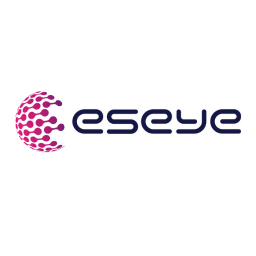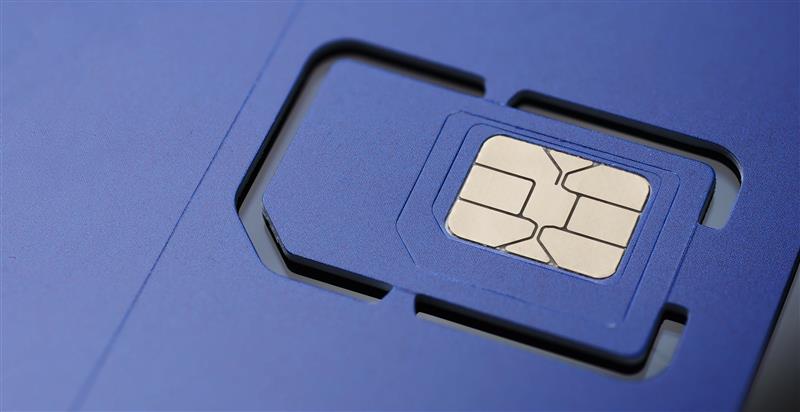Education is emerging as a sector ripe for disruption through the adoption of device connectivity technologies such as IoT.
Although internet connectivity has long been a significant contributor to the process of learning, by helping students get access to education materials wherever they are, IoT is now driving a revolution in the campus environment by enhancing the in-person experience for both teachers and students.
Campus operations are evolving with IoT – from safety to efficiency. Explore what’s possible for education environments.
What is a smart campus?
Smart academic campuses share a lot in common with the IoT applications for both smart cities and smart buildings.
Larger universities and academic institutions may need to support tens of thousands of staff and students, not just in working and learning, but also in terms of transportation, catering, exercise, and socializing. This makes educational campuses more like small towns with multiple facilities, rather than singular office buildings.
In this regard, while IoT can absolutely help deliver a superior digital environment in the classroom, it can enable additional value in terms of transportation and traffic control, self-service vending machines and catering, and occupancy management and comfort.
As with office work, education was significantly impacted by the global pandemic in 2020, and the major rethink we’ve seen in the way commercial buildings are used is also evident in academic campuses. In a similar trend, the focus has shifted to the consideration of smart campus design in relation to the health, wellbeing, and productivity of occupants, from layout to environmental factors such as access, temperature, and cleanliness.
IoT applications on smart campuses
As we explore in our dedicated article on smart buildings, the applications we see for smart campuses are similar regardless of the purpose of the building, with a few additional use cases. To recap:
Temperature control
Temperature sensors monitor and regulate heat, ventilation and air conditioning (HVAC) in individual rooms and common areas.
Lighting control
Brightness sensors adjust lighting according to dynamic needs, such as turning lights off in vacant rooms and corridors, adjusting brightness depending on time of day, and saving energy.
Power and water management
Electricity meters and water meters allow for the accurate tracking of energy and water consumption.
Fire detection
IoT in fire and smoke detection systems creates sophisticated alerting and rapid response capabilities.
Access control systems
Access control systems already make good use of technology, but IoT now means each component such as locks, access controllers, card or fob readers can communicate seamlessly with the network and campus management system.
Occupancy monitoring
Occupancy monitoring works in tandem with access control, providing detailed insights into building usage and occupancy through automated tracking. This helps manage environmental comfort and building safety.
Burglar and intruder alarm systems
Working alongside access control, smart building burglar alarms contribute to a comprehensive security framework.
Campus transportation and parking
Integration of IoT into vertical transportation can introduce features such as real-time monitoring and remote diagnosis to ensure efficient operation and maintenance for smart buildings.
Campus security
Larger campuses have their own transportation networks, including trams and shuttle buses as well as cars belonging to staff and students. Some institutions like the University of Michigan are using IoT to better manage their campus transportation services. This includes shuttle tracking and timetable management, real-time bus schedules, and smart parking systems to manage spaces.
Audio, video and smart classrooms
On large campuses, connected digital signage can be used for information delivery, as well as offering opportunities for revenue generation through advertising. In the classroom, a network of connected audio visual devices, such as screens and digital whiteboards can boost individual productivity further with interactive displays and sensors that enhance teaching and learning.
The Internet of Educational Things (IoET)
As the IoT ecosystem matures, it is fragmenting into more sector-specific micro ecosystems focused on more niche use cases. In the world of academia, this has manifested as the Internet of Educational Things (IoET).
IoET is a term being adopted in academic circles to describe using IoT to improve educational and campus infrastructure in universities. Such solutions improve student engagement, help students, staff and visitors navigate campus and locate resources, and streamline administrative tasks.
In the classroom specifically, teachers are using smart devices to augment lessons and better manage the environment.

IoT in smart classrooms
It’s already well established that environmental factors can affect learning acquisition, concentration, motivation, and engagement, including lighting, air quality, temperature, humidity, noise, ventilation, and even furniture and colors.
IoT technologies have opened the door to significant innovation in learning facilities, with RFID trackers, cameras, smart roll call and registration systems, and other applications contributing to help assess the students and manage classrooms, laboratories, and gyms more effectively.
Now, research is being performed into how IoET can be applied to optimize those environmental factors and make them more conducive to learning and engagement.
Insufficient or excessive light, heat and cold, and distracting noises, can all make it difficult for students to concentrate. IoT sensors can measure all the parameters of a classroom and its surroundings and adjust them to optimal values to create a perfect learning environment.
Wearable sensors could be used to measure the accelerometry of movements and provide useful
data concerning the fidgeting of seated students as metrics for engagement or boredom, while cameras and eye tracking technology can assess engagement in presented learning material.
Environmental temperature affects students’ learning ability by causing distraction, so the temperature can be adjusted automatically using IoT devices.
In terms of lighting, IoT control devices can change the brightness and even the color of smart bulbs to display light similar to natural sunlight, which benefits the state of mind and reduces negative emotions and stress, making students more concentrated.
Meanwhile, too little oxygen and moisture in the air can cause students to experience a lack of energy and focus. When carbon dioxide concentration levels are high, the amount of oxygen is lower, making people sleepier, tired, dizzy, and lose attention. IoT-enabled actuators and air quality analyzers, can encourage optimal air quality and conditions.
Noise sensors could work in tandem with classroom audio visual equipment to ensure that teachers are able to talk louder to overcome environmental noise, or as soon as their pupils start to disengage and their attention span starts to wane.
But while all of these potential applications can play a significant role in the concept of smart schools, privacy and ethical concerns must remain paramount and students and teachers should be aware of protocols for confidentiality and privacy when using technology.

Private cellular networks on smart campuses
While smart buildings make frequent use of cellular IoT, WiFi, and LPWAN technologies, the more spread outdispersed nature of an academic campus means institutions often leverage private 5G networks to adequately support coverage in very large outdoor areas, which could include tens of buildings across the campus.
Private 5G networks can use much the same technology we see in commercial LTE deployments, but the network infrastructure is owned by the campus and controlled by the IT department.
Berg Insight notes that while the number of IoT devices connected to a local private LTE/5G network at a site are typically in the low hundreds to a few thousands, they are rising fast.
The analyst estimates that the number of IoT devices connected to private LTE/5G networks amounted to 1.4 million at the end of 2023 but through 2028, private LTE/5G IoT connections are expected to grow at a CAGR of 38% to reach 7.1 million.
Private 5G networks can be tailored to fit your specific needs. You can choose the performance specifications that work best for you, and you can manage and analyze the data internally.
Smart campus cellular applications
Deploying a private 5G/LTE network, introduces several benefits for smart campus applications, especially when you need:
- To connect many IoT devices in condensed areas like buildings and across a wider area like a university campus
- Low-latency, high-speed data transmission for critical applications like real-time video or presentations
- The very highest level of security in terms of authentication and encryption available on cellular
- 100% connectivity uptime with highly reliable and resilient infrastructure
The increased speed and bandwidth, lower latency, customization options, and increased efficiency make private 5G/LTE an attractive option. If you’re looking for a high-speed, low-latency mobile solution, private 5G/LTE is worth considering.
Eseye’s high-performance eSIMs are the perfect solution for a private 5G smart campus. Our AnyNet+ IoT eSIMs and iSIMs are designed to last 10-15 years, even with regular power cycling and OTA updates.

Why IoT leaders partner with Eseye
Trusted by businesses of all sizes from global brands and enterprises – Shell, Costa, BT, TELUS, and Amazon – to small medium businesses, we work closely with our customers from idea to implementation and beyond, to deliver near-100% connectivity to millions of devices across the world. Eseye is equipped with the capabilities to guarantee unbeaten IoT cellular connectivity coverage globally, at every stage of your IoT project. Don’t take our word for it, hear what our customers have to say.
“Eseye stands out as a game-changer in the world of IoT connectivity. With seamless integration, user-friendly interface, and top-notch security, Eseye simplifies IoT deployment while ensuring data integrity. Their stellar customer support adds a cherry on top, making Eseye the go-to choice for businesses venturing into the IoT realm. Highly recommended.”
“What I like best about Eseye is its dedication to providing seamless connectivity solutions. Their innovative approach simplifies the process of connecting devices, ensuring reliable and secure communication across various networks and their APIs are ease to implement. Additionally, the flexibility and scalability of their platform make it easy to integrate with existing systems, empowering businesses to leverage the power of IoT without hassle.”
Eseye brings decades of end-to-end expertise to integrate and optimise IoT connectivity delivering near 100% uptime. From idea to implementation and beyond, we deliver lasting value from IoT. Nobody does IoT better.

